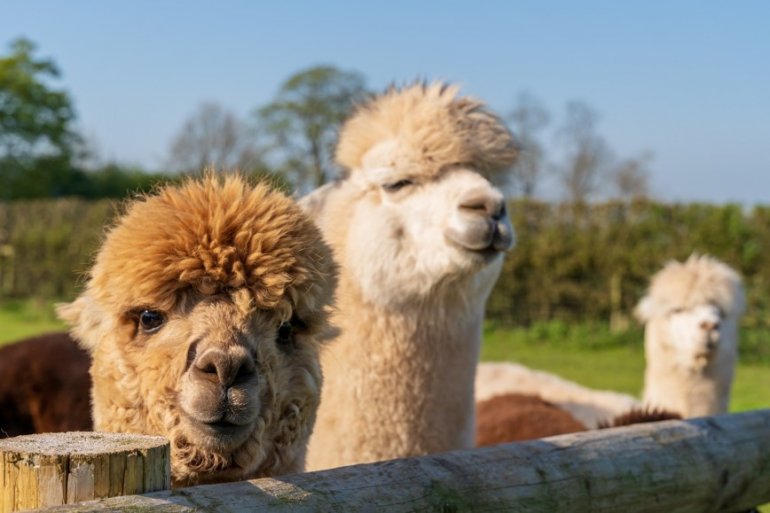Alpaca Husbandry
Shearing
Shearing is a time when various other tasks can be undertaken:
- take stock of body condition
- look at teeth condition
- check skin that has been hidden underneath fleece all year
- collect faecal samples to check parasite burden.
Shearing can be stressful for camelids so it’s not necessarily the best day to worm and inject animals.
Worming
Your vet can advise you on sampling but individual samples taken (gently) direct from the rectum yield the best quality information. Be sure to let the lab know the age, condition, and any previous treatments of the animals to help tailor the treatment required. Targeted worming is more sustainable as it reduces resistance and ensures that medications will work when you need them most.

Fly control
Preventative fly repellents should be used over the warmer months. Flystrike can advance frighteningly quickly and should be treated as an emergency. If you see darker patches on fibre it is definitely worth investigating. Initial treatment, such as washing and flushing out all fly larvae, can limit damage while you seek veterinary advice. Struck animals often need extra supportive care.
Vaccination
Ensure that your vaccine storage and handling is up to scratch.
- Vaccines need to be kept within specific cold temperature ranges at all times or they become ineffective/inactive
- Plan your vaccinations - vaccines expire within hours of being broached so care must be taken to follow the shelf life instructions.
We would advise that vaccination is undertaken in the calmest, safest way with minimal interaction, especially in the case of pregnant females. Vaccinating on the same day as a stressful event, like shearing, can risk an adverse reaction or poor immune response.
Talk to your vet if you would like more advice on vaccination, worming and fly control.
- 1st July 2021
